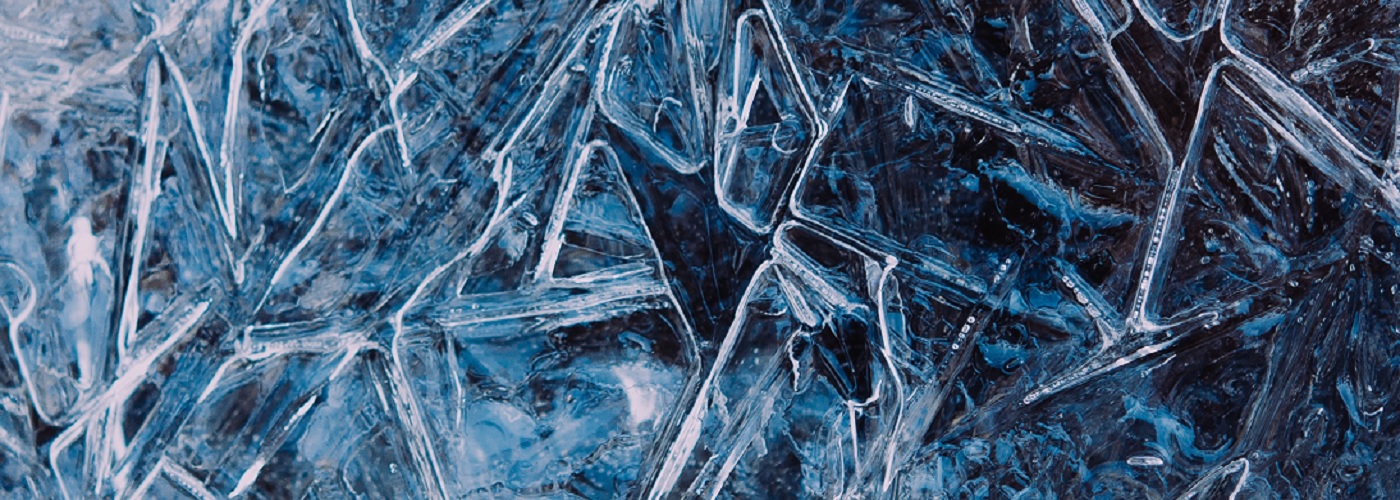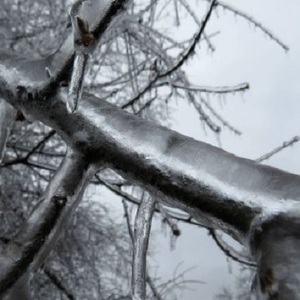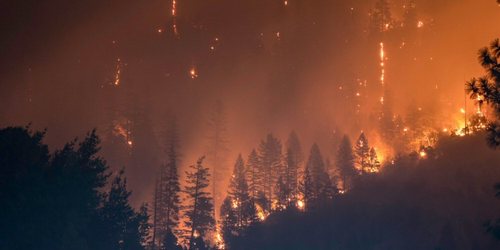

When winter storms strike, the first aspect that comes to mind is snow, but freezing rain and sleet can also be expected in portions of these systems. When a winter storm evolves in the nation's mid-section, the counterclockwise winds that circle around them tap into varied air masses in North America. Southerly winds ahead of the low transport warm, humid air northward out of the Gulf of Mexico. while the north winds that develop behind the low tap into arctic air over Canada. The delineations of these varied air masses around the low are where meteorologists draw the cold and warm fronts you are familiar with. It is in the vicinity of the warm front that a transition zone occurs. Precipitation types here vary from rain, to freezing rain and sleet, to snow.
Typically, the air temperature decreases with increasing height. However, near a warm front this will not be the case. The temperature will actually be colder at ground level and substantially warmer thousands of feet up in the atmosphere. This type of environment develops due to the varied densities of cold and warm air. Remember that cold air is heavier, and more dense than warm air. Therefore, when warm air pushes into a cold air mass at the surface, the warm air is forced to glide upward over the cold air. In this situation, temperature increases with height, creating what meteorologists call a temperature inversion, and it explains why freezing rain and sleet exist.
A temperature inversion reveals why it can be 28F at the surface, and instead of snow, rain will fall to the ground. In this setup, the snowflakes fall into a layer of air a few thousand feet above the surface that is well above 32F, which melts them into raindrops before they reach the ground. When the temperature at ground level is still below freezing, freezing rain ensues. To see sleet, the situation is only slightly modified. For sleet, the layer of warmer air aloft must be only slightly above 32F, which means the snowflakes only partially melt as they fall through. When the layer of air closest to the ground is below freezing, the partially melted snowflakes will refreeze into sleet pellets before reaching the ground.
Meteorologists decipher where these types of precipitation are most likely by studying forecast models which predict how temperatures will change from ground level to thousands of feet aloft throughout the event.
A diagram that shows how the warm inversion layer strength and depth determines the various precipitation types can be found here.





